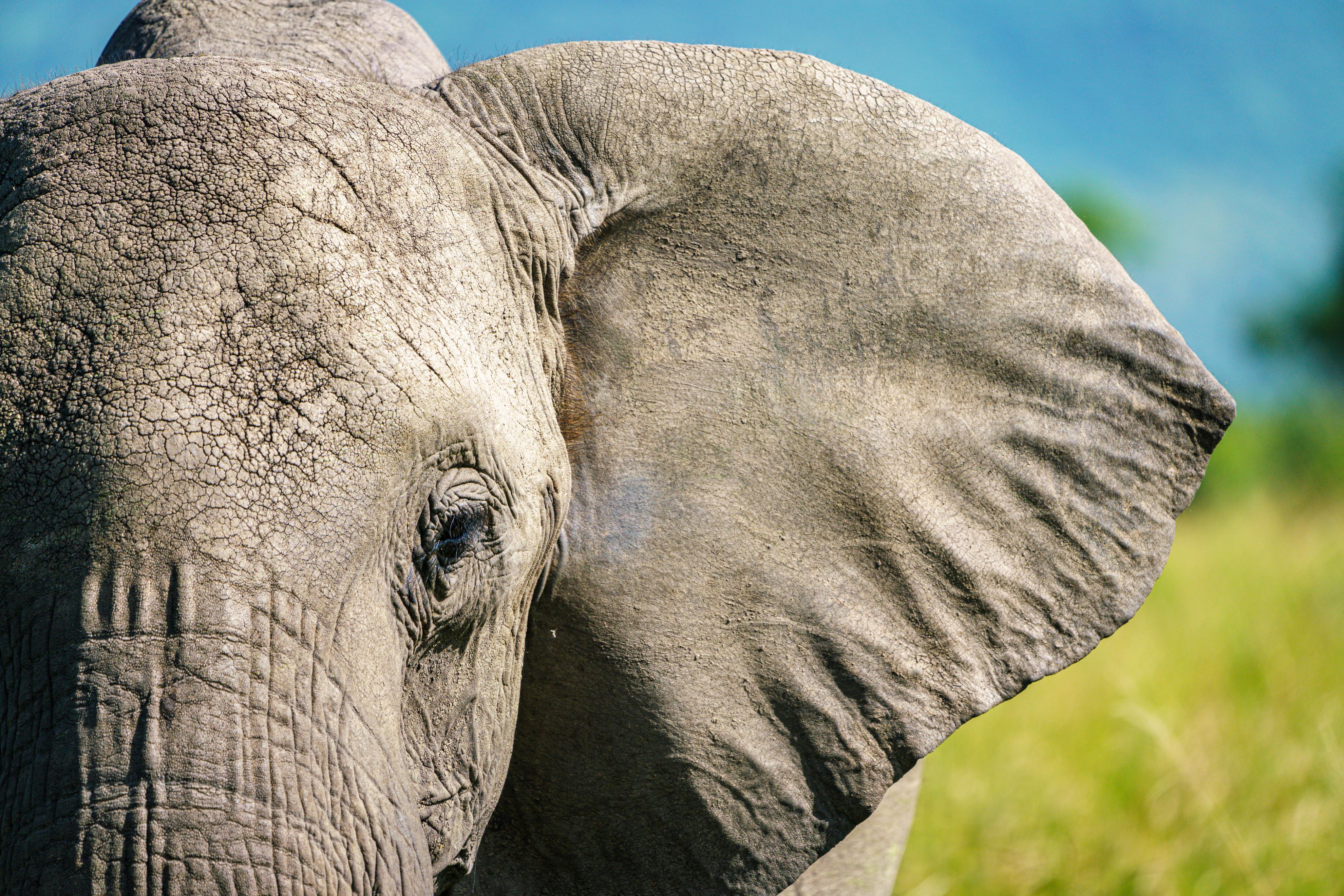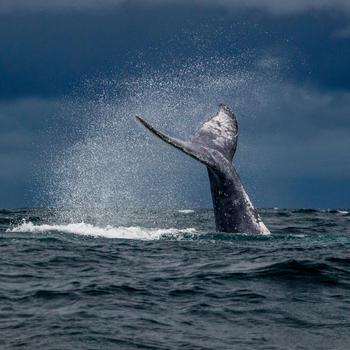One day in 2022, a man in southern India took a walk outside of his village to work on his tea garden.
Having called ahead to ensure there were no reports of elephant movements along his route, his wife recently told The Washington Post, he set out, only to come across an elephant anyway. Sri Nathan Sangili, 52, was killed in the encounter.
Sadly, when humans and elephants come into contact, the results can be deadly — for both sides. A 2017 report from the Wildlife Trust of India found that 400 people — and 100 elephants — die from such encounters in that country every year.
Unfortunately for both species, these run-ins are increasingly common (one such incident occurred elsewhere in India just this week.)
So a new study published in the Proceedings of the National Academy of Sciences that finds that climate change could lead to even greater human-elephant conflict in the future is even more troubling.
The problem, of course, is not new: People and elephants have long struggled to co-exist as humans slowly encroached on the African and Asian habitats of the planet’s largest land mammal.
Elephants need up to 150 kilograms (330 pounds) of food each day and up to 190 liters (50 gallons) of water. Their pursuit of sustenance — as their habitats and corridors continue to be cleared away for farms and development — inevitably leads to conflict with humans. Given the animals’ size and power, these run-ins often include the destruction of homes and farms in places where people often already struggle to make ends meet. (In India alone, roughly 500,000 families a year lose crops to elephants.)
The study — the first large-scale projection of how rising temperatures and an expanding human footprint could affect the relationship between people and pachyderms — analyzed known hotspots for human and elephant conflict in Africa and Asia to predict how the risk and severity of these conflicts could change amid alternative futures: one with high greenhouse gas emissions and greater deforestation, population and agricultural expansion; the other, with much less reliance on fossil fuels, greater conservation of forests and a lower agricultural footprint.
“By exploring the range of possible futures, we can see the difference between a relative success story and a gloom-and-doom story,” said Patrick Roehrdanz, Conservation International scientist and co-author of the study.
According to those projections, in a more sustainable future, human and elephant conflict will remain relatively stable. Unsurprisingly, worsening climate change and agricultural expansion will heighten the risk for greater conflict. Under the scenario, rising temperatures, changing rainfall patterns and further human encroachment on elephant habitats will make resources even scarcer and competition fiercer.
Yet that future is not set in stone, said Mia Guarnieri, lead author of the study and an Arnhold Fellow with Conservation International. While this study highlights the need for greater climate and biodiversity action, perhaps more critically, it maps the areas at greatest risk of increasing conflict.
“If we understand where conflict is likely to occur, we can better prepare for it,” she continued.
The risk of conflict is expected to increase the most in clusters of east central Africa and India where human activity is most likely to intensify, Roehrdanz said. Researchers identified these future “conflict hotspots” by mapping areas that are projected to see rapid increases in population and agriculture. One of the main sources of conflict is known as “crop raiding,” when elephants destroy crops — resulting in retaliatory killings from farmers.
Efforts to prevent conflict will need to be locally specific, Roehrdanz said. Natural deterrents, like putting beehives on fence posts or planting hot chili peppers around fields (elephants are afraid of bees and hot peppers irritate their trunks) have shown promise as effective, low-tech methods to repel the animals and protect farmers’ crops. Better land management practices, like restoring degraded migration corridors to keep elephants away from villages and crops, are also critical to a future where humans and elephants can coexist.
“Elephants are already penned in, existing on only a fraction of their historic range,” he said. “As people creep ever closer to their remaining habitat, it’s inevitable that more conflict will occur if we don’t plan ahead.”
Mary Kate McCoy is a staff writer at Conservation International. Want to read more stories like this? Sign up for email updates. Also, please consider supporting our critical work.



